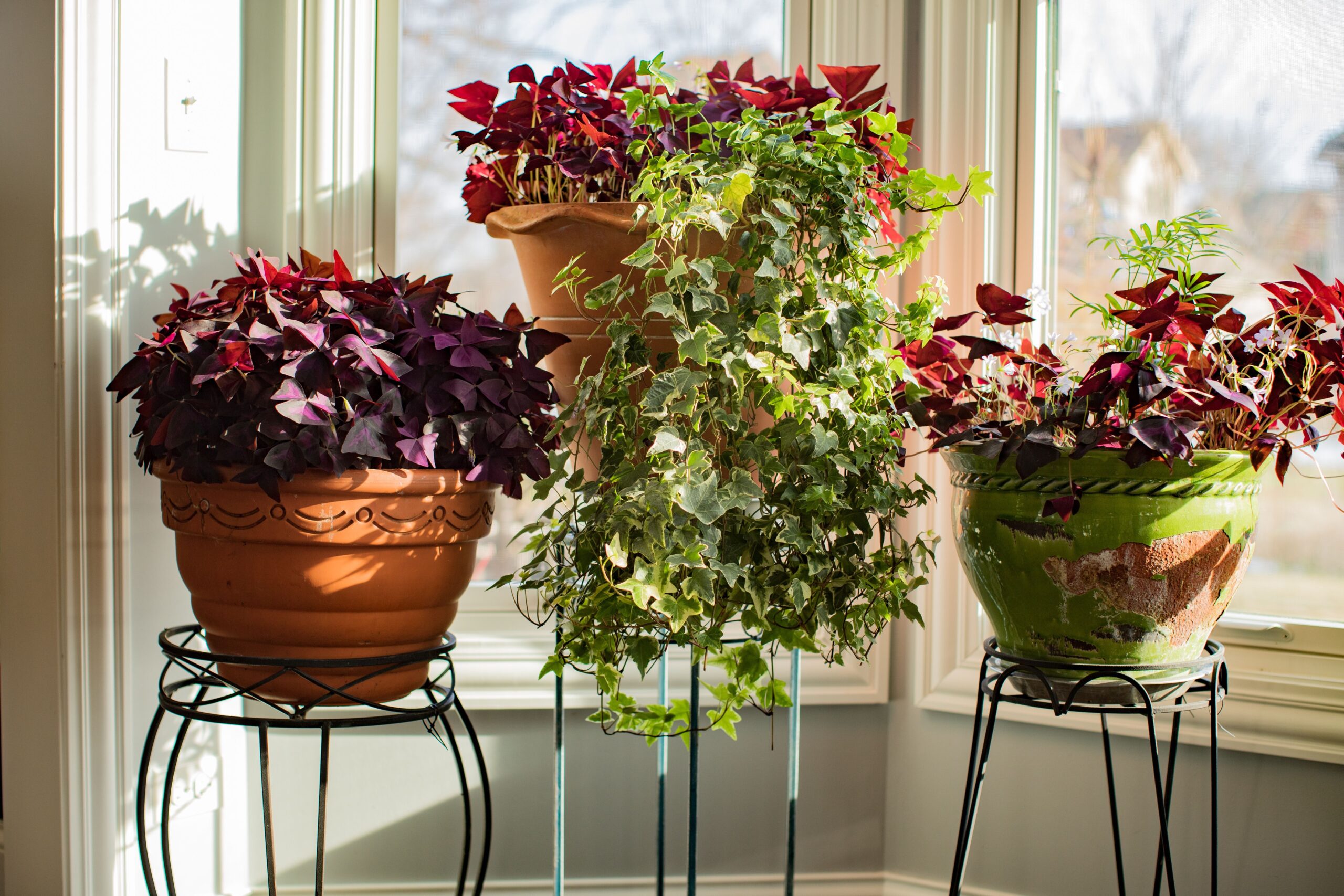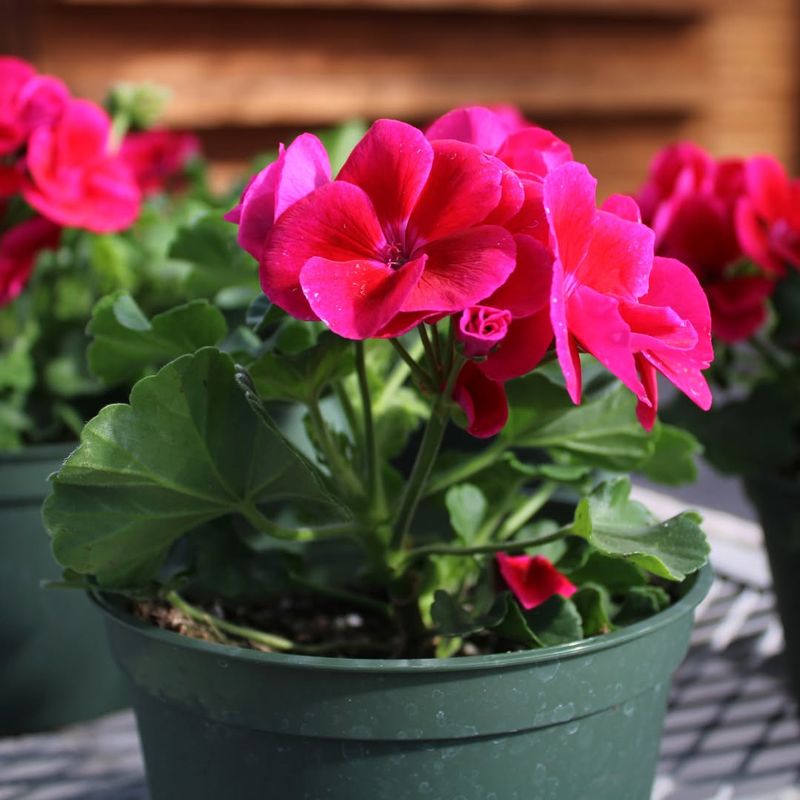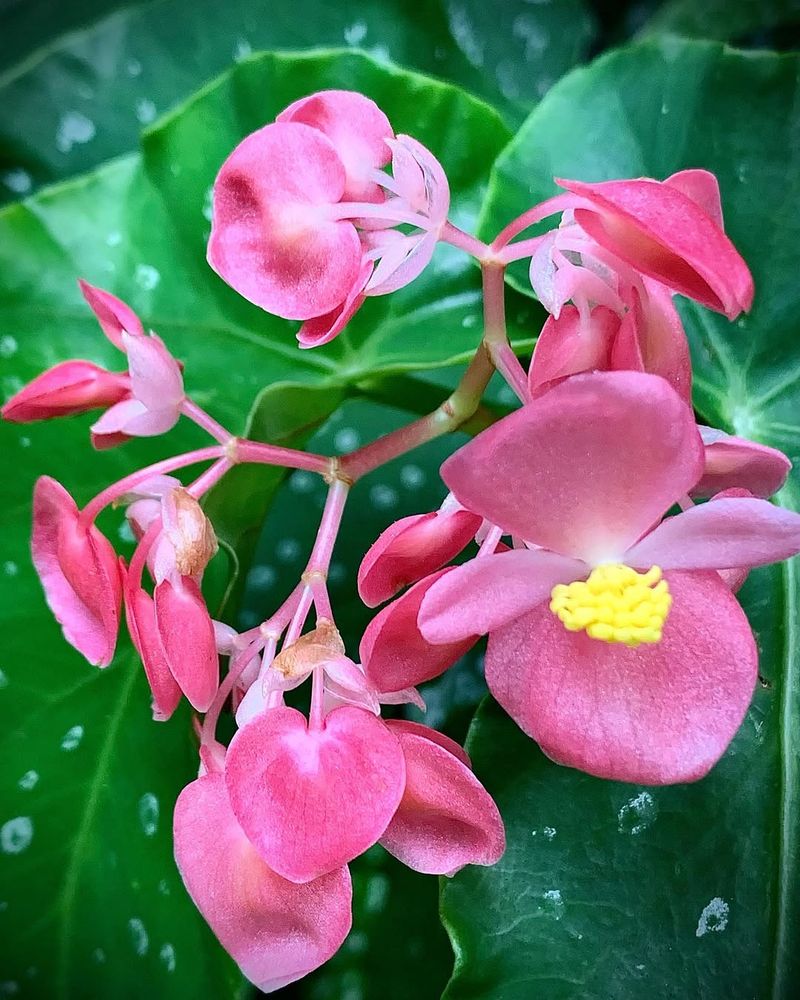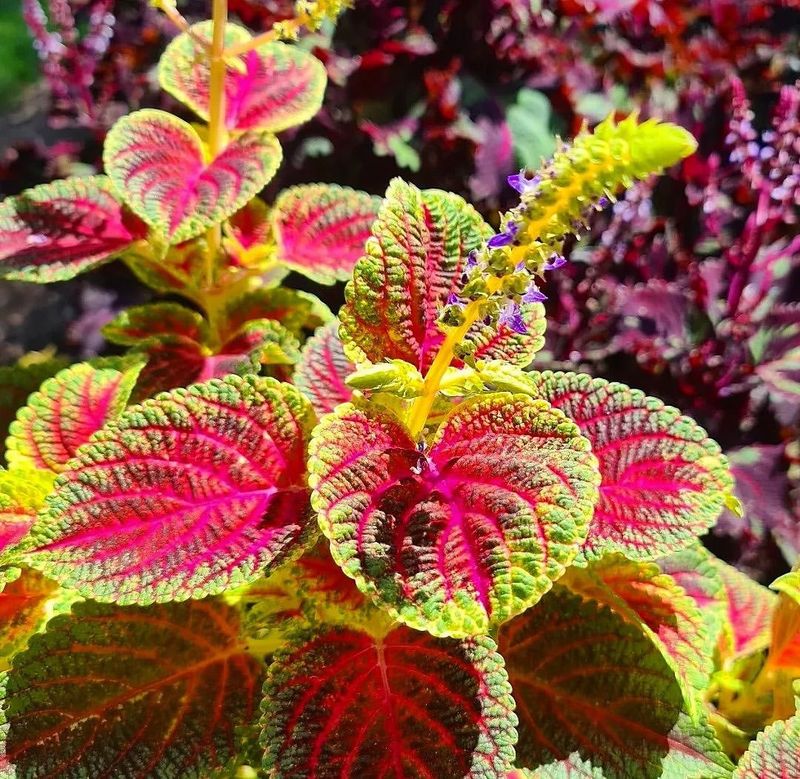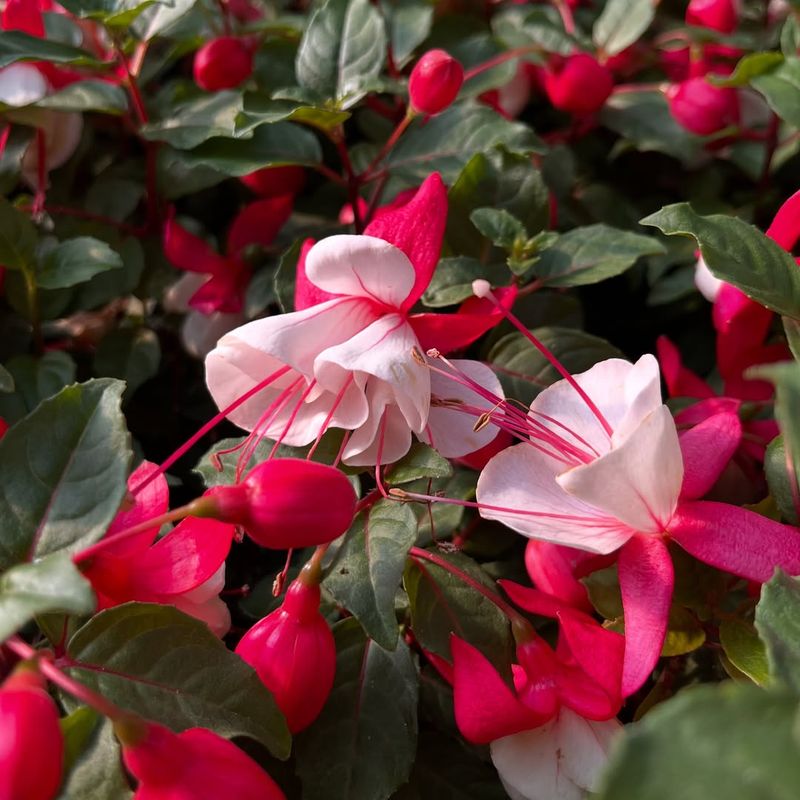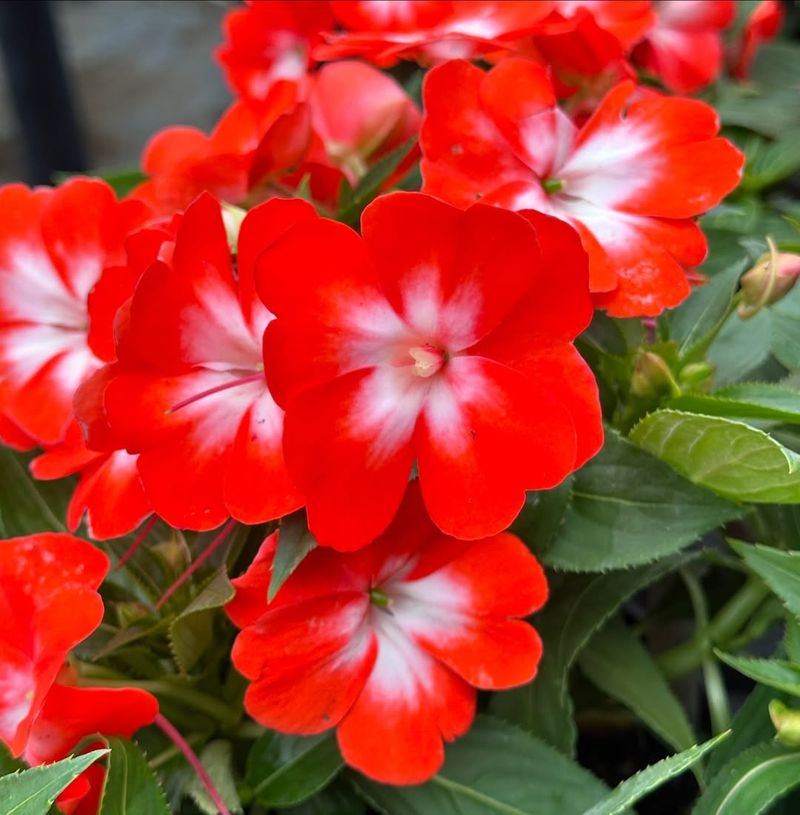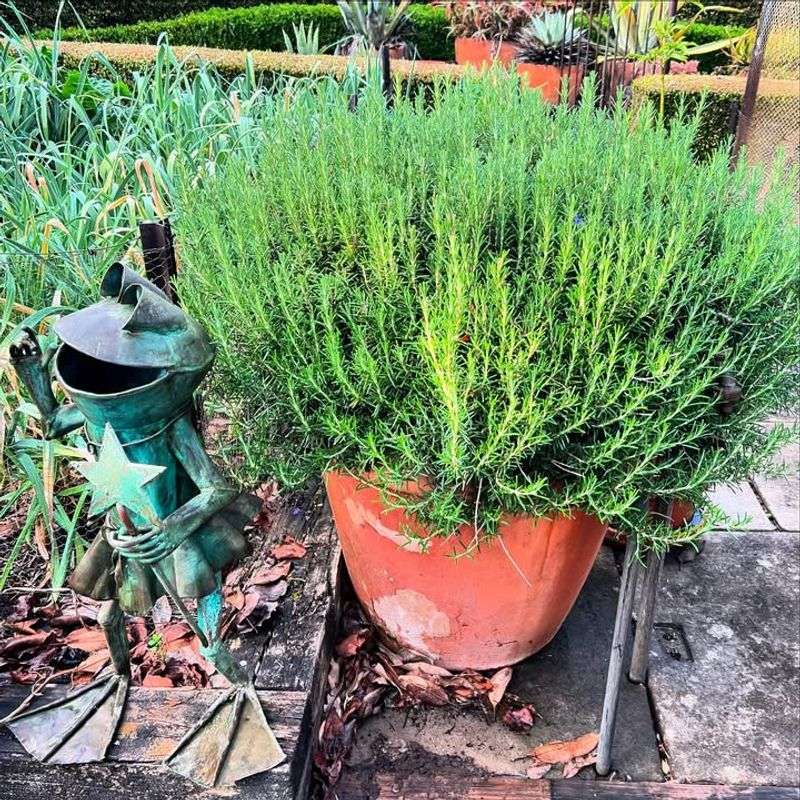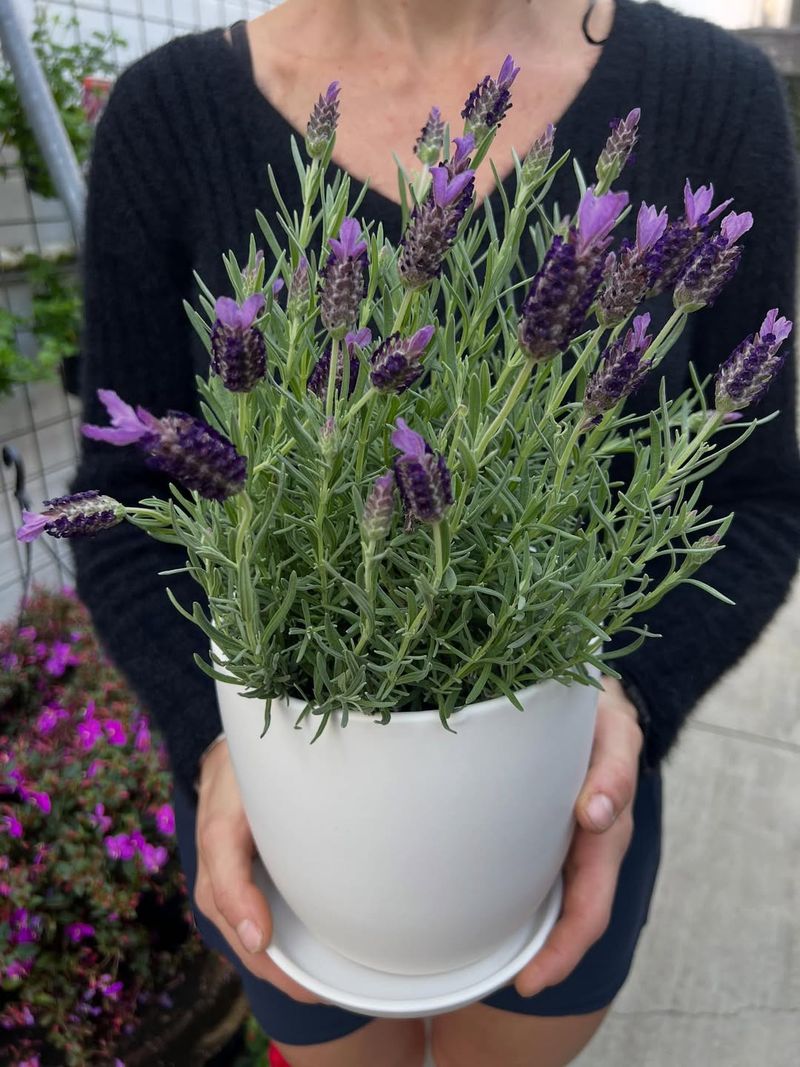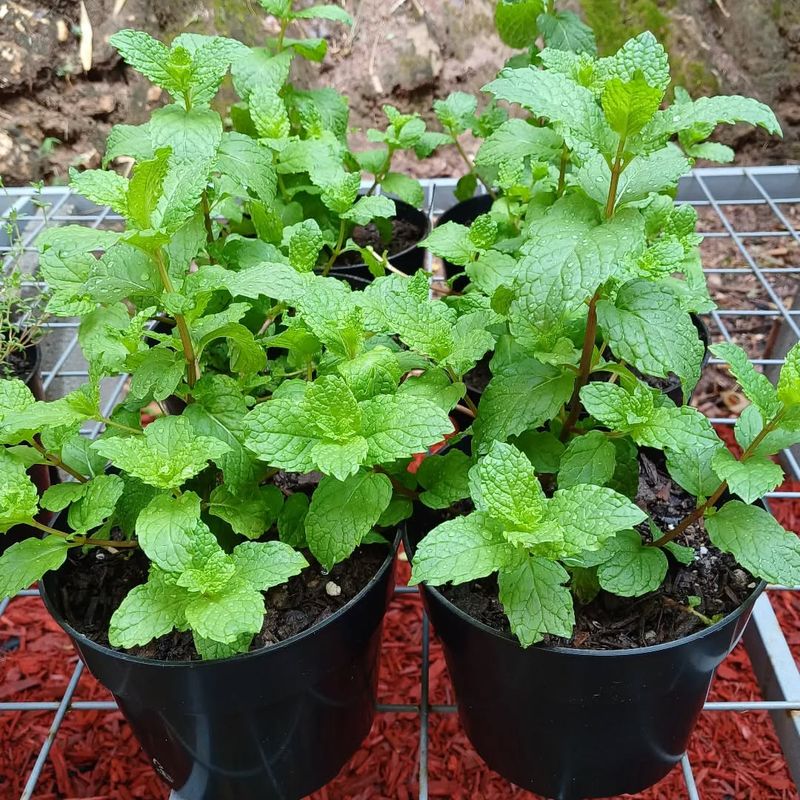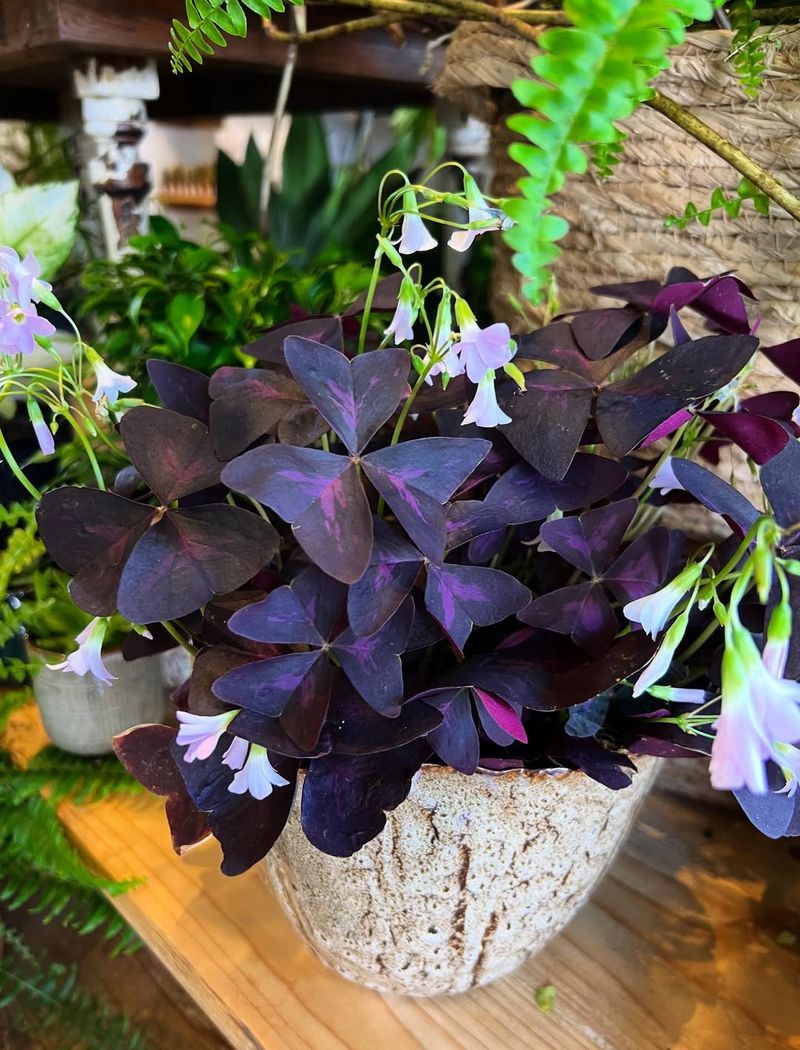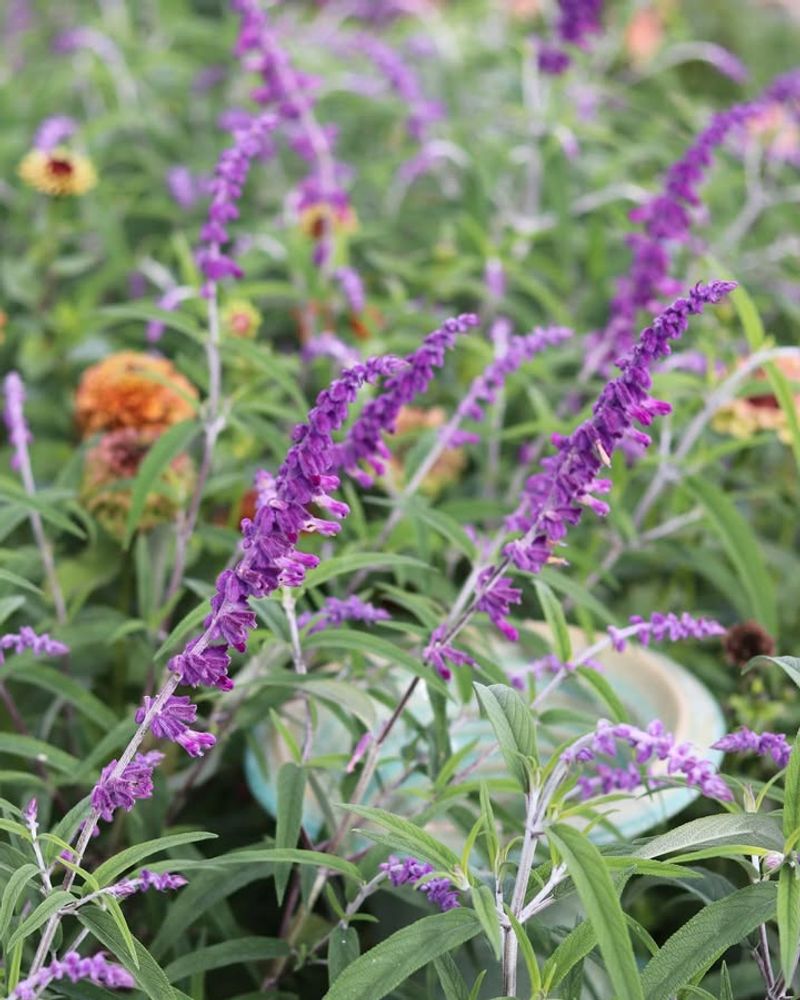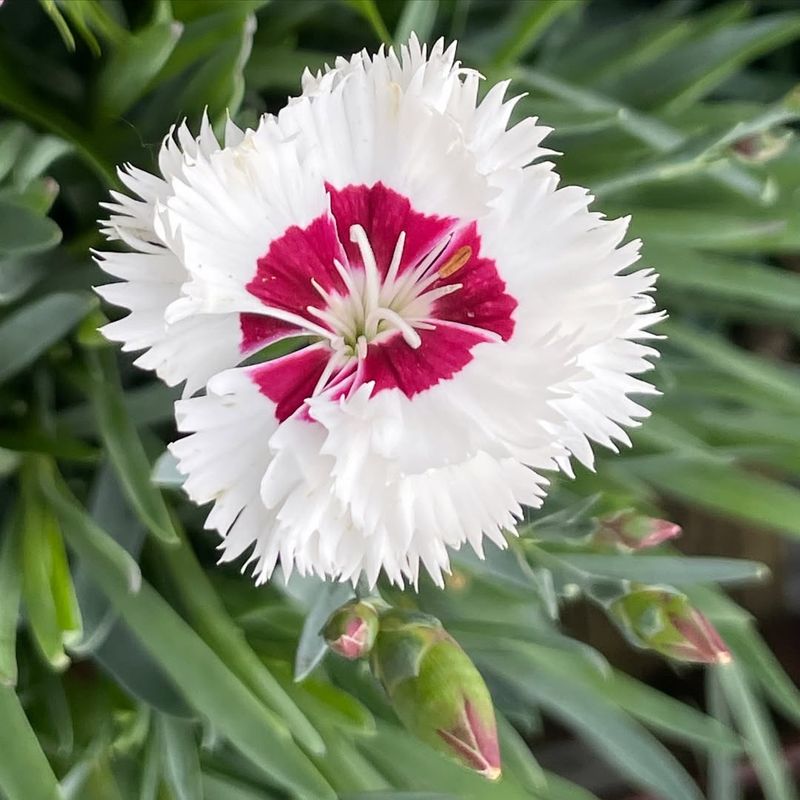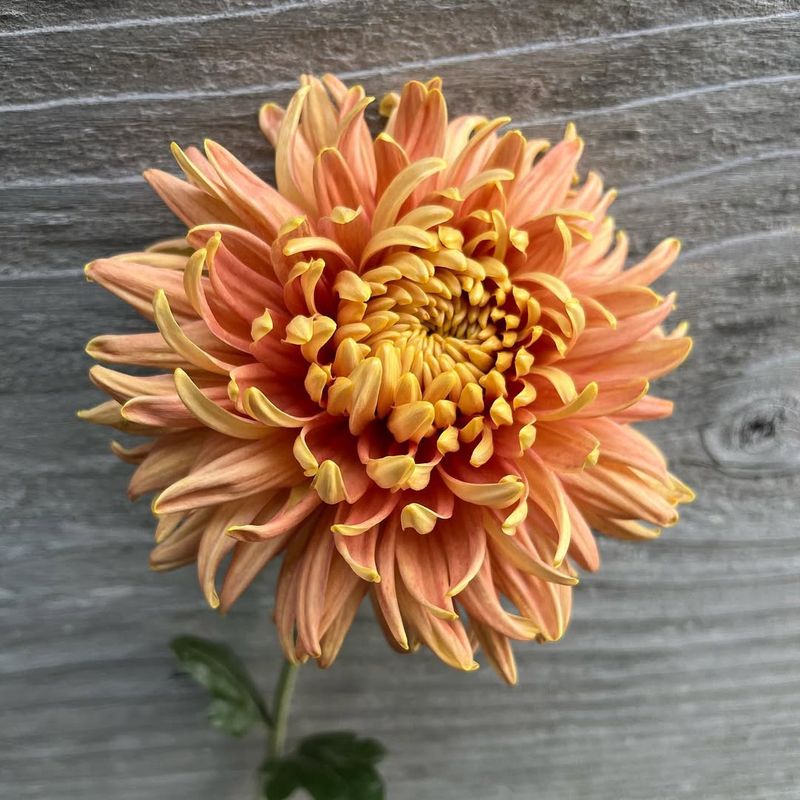Winter in North Carolina doesn’t mean your garden has to go dormant. Many beautiful perennials can thrive indoors during the colder months, bringing color and life to your home. Growing these plants as houseplants keeps them safe from frost while letting you enjoy their beauty year-round.
Plus, caring for indoor plants during winter is a wonderful way to stay connected to nature when it’s too cold to garden outside.
1. Geraniums
Bright blooms and easy care make geraniums a favorite for winter indoor growing. Your sunny windowsill becomes their perfect home, where they’ll reward you with colorful flowers throughout the cold season.
Water them when the soil feels dry about an inch down, and they’ll stay happy. North Carolina winters provide just enough natural light for these cheerful plants to flourish indoors without needing special equipment.
2. Begonias
Stunning foliage patterns and delicate flowers create a tropical feel inside your home. Begonias adapt wonderfully to indoor conditions, making them ideal for North Carolina’s unpredictable winter weather.
Keep the soil consistently moist but never soggy, and place them where they’ll get bright indirect light. Their varied leaf colors and textures add visual interest even when they’re not actively blooming during winter months.
3. Coleus
Rainbow-colored leaves steal the show with coleus, offering nonstop visual excitement without needing flowers. Moving these from your outdoor garden to indoor pots before the first frost ensures their survival.
Room temperature suits them perfectly, and they appreciate humidity that naturally occurs in most North Carolina homes during winter. Pinch off any flower spikes that appear to keep energy focused on those spectacular leaves everyone loves.
4. Fuchsia
Dangling bell-shaped flowers look like tiny dancers performing in your living room. Fuchsias appreciate the cooler indoor temperatures common in North Carolina homes during winter, typically around 60-70 degrees.
Hang them near windows where they’ll receive morning sun but afternoon shade. Regular misting keeps humidity levels comfortable for these beauties, and deadheading spent blooms encourages more flowers to develop throughout the season.
5. Impatiens
Continuous blooms bring garden magic indoors when frost threatens your outdoor plants. Impatiens actually prefer the shade conditions found in many indoor spaces, making them surprisingly low-maintenance houseplants.
Water regularly to keep soil evenly moist, as they dislike drying out completely. North Carolina’s moderate indoor winter temperatures create ideal growing conditions, and you’ll enjoy their cheerful flowers brightening up rooms all season long.
6. Rosemary
Fresh herbs at your fingertips make winter cooking more flavorful and fun. Rosemary tolerates the drier indoor air better than many perennials, though occasional misting helps it stay vibrant.
Position it in your sunniest window, preferably south-facing, where it’ll receive at least six hours of light daily. The wonderful aroma fills your kitchen naturally, and you can snip sprigs whenever recipes call for this aromatic herb.
7. Lavender
Soothing fragrance transforms any room into a calming sanctuary during stressful winter months. Growing lavender indoors requires excellent drainage and plenty of sunshine, but the rewards are absolutely worth the effort.
Use a sandy potting mix and water only when soil becomes dry to the touch. North Carolina winters provide enough cool nighttime temperatures to keep lavender happy indoors, and the scent naturally freshens your home better than any candle.
8. Mint
Vigorous growth and refreshing aroma make mint a practical choice for indoor winter gardening. One plant provides enough leaves for tea, cooking, and garnishes throughout the entire cold season.
Mint actually thrives with the regular pruning you’ll do while harvesting leaves for use. Keep soil consistently moist and provide moderate light, avoiding the hottest afternoon sun. Container growing prevents this enthusiastic spreader from taking over your indoor space.
9. Oxalis
Shamrock-shaped leaves fold up at night like they’re sleeping, creating an enchanting display kids absolutely love watching. Oxalis comes in stunning purple and green varieties that add unique texture to your indoor plant collection.
Moderate watering and bright indirect light keep these charming plants performing beautifully all winter. North Carolina’s indoor conditions suit them perfectly, and they’ll even produce delicate flowers when they’re particularly happy with their care routine.
10. Salvia
Tall flower spikes reach upward like colorful candles decorating your indoor garden space. Many salvia varieties transition smoothly from outdoor gardens to indoor pots when temperatures drop below freezing.
Provide full sun through south or west-facing windows for best flowering results. Allow soil to dry slightly between waterings, as salvias prefer conditions on the drier side. Their long-lasting blooms provide weeks of enjoyment throughout North Carolina’s winter months.
11. Dianthus
Spicy-sweet fragrance reminiscent of cloves fills rooms with old-fashioned charm. Dianthus flowers feature beautiful fringed petals in shades of pink, red, and white that look hand-cut by nature herself.
Cool indoor temperatures between 60-65 degrees encourage the best blooming, which works perfectly for North Carolina winter homes. Provide bright light and good air circulation, letting soil dry between waterings. Deadhead spent flowers regularly to promote continuous blooming throughout the season.
12. Chrysanthemums
Fall’s favorite flower extends its season indoors, bringing autumn colors into winter months. Potted mums from garden centers adapt easily to indoor life if you bring them in before hard freezes arrive.
Cool temperatures around 60 degrees help blooms last longer, making unheated sunrooms or cool bedrooms ideal locations. Water when the top inch of soil feels dry, and remove faded flowers promptly. North Carolina’s moderate winter climate lets these beauties thrive indoors beautifully.

